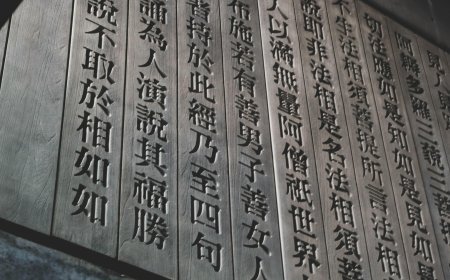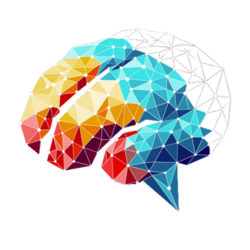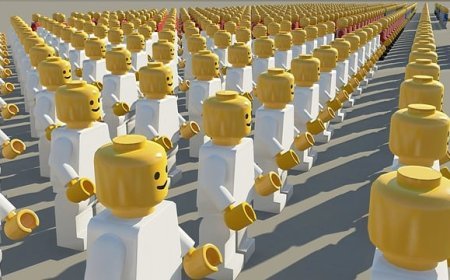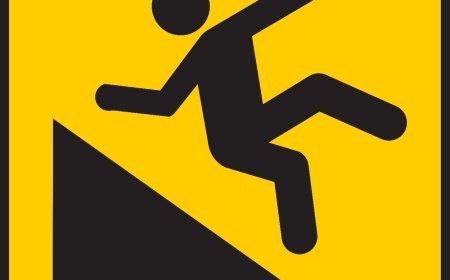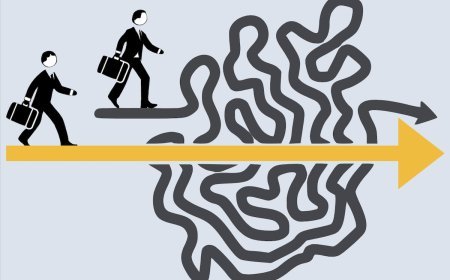The Intelligence of Motion (Body Smart)
In a world often dominated by the abstract realms of words and numbers, the profound intelligence embedded within our physical being can sometimes be overlooked. Yet, the ability to use one's body skillfully to solve problems, create, or express is a distinct and powerful cognitive strength known as Bodily-Kinesthetic Intelligence.
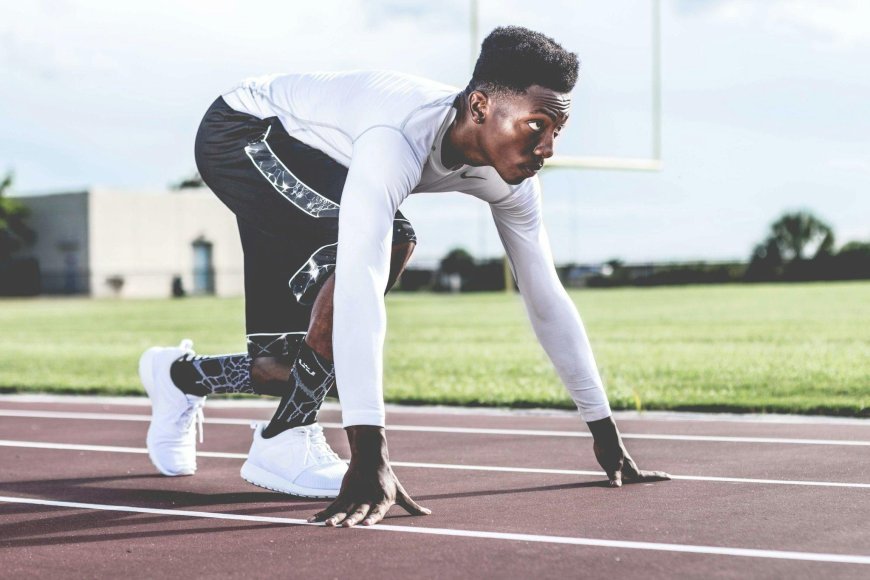
This capacity highlights the sophisticated interplay between mind and muscle, demonstrating that true intellect extends far beyond the confines of a desk or a textbook.
Defining the Dexterous Mind
At its core, Bodily-Kinesthetic Intelligence is about the mastery of one's own body for expressive and goal-directed purposes. It encompasses a wide range of abilities, including fine and gross motor skills, balance, coordination, strength, flexibility, speed, and tactile sensitivity. Individuals strong in this intelligence are not just physically active; they possess an intricate understanding of their body's capabilities and limitations, and they can manipulate objects and their own movements with remarkable precision and grace.
This intelligence manifests in two primary forms: using the body for self-expression and using the body for problem-solving or creation. In self-expression, think of a dancer whose movements convey profound emotion without uttering a single sound, or an actor who embodies a character with every gesture and facial expression. In problem-solving, consider a surgeon performing a delicate operation with incredible precision, an athlete executing a complex maneuver under pressure, or a craftsperson shaping raw materials into a functional and beautiful object. The "thinking" in bodily-kinesthetic intelligence is often non-verbal; it's a form of embodied cognition where solutions emerge through physical engagement with the environment. The inner wordings, if they exist, are often kinesthetic memories or intuitive feelings of 'rightness' in movement.
Characteristics of the Body-Smart Individual
Individuals with high bodily-kinesthetic intelligence often exhibit several identifiable traits from an early age:
- Exceptional Physical Coordination: They move with purpose and often appear naturally graceful, even in everyday tasks. They learn new physical skills quickly.
- A Love for Movement: They thrive on physical activity and may become restless or bored with prolonged periods of inactivity. They learn best by "doing."
- Dexterity and Manual Skill: They are often very good with their hands, excelling at tasks requiring fine motor control like drawing, building, playing instruments, or intricate repair work.
- Awareness of Their Body: They possess a strong proprioception – an internal sense of their body's position and movement in space. This allows them to navigate complex environments or perform actions without needing to constantly look.
- Non-Verbal Communication: They may express themselves powerfully through gestures, posture, and facial expressions, sometimes more effectively than through verbal wordings.
- Tactile Learning: They often learn by touching, feeling, and manipulating objects. Kinesthetic experiences are crucial for their understanding.
- Strong Reflexes and Reaction Time: Many exhibit quick reflexes and excellent reaction times, essential in sports and other dynamic physical activities.
Professions Where Body-Smart Minds Excel
The applications of bodily-kinesthetic intelligence are vast and diverse, spanning numerous professions:
- Athletes: From gymnasts and soccer players to martial artists and swimmers, elite athletes are prime examples of this intelligence in action, demonstrating incredible control, precision, and strategic physical execution.
- Dancers: Ballet, modern, hip-hop – all forms of dance require profound bodily awareness, control, and the ability to convey narrative and emotion through movement.
- Surgeons: The precision required for surgical procedures, often involving intricate movements in confined spaces, demands exceptionally high levels of fine motor control and spatial awareness.
- Craftspeople & Artisans: Potters, sculptors, jewelers, carpenters, and weavers all rely on their hands to transform raw materials into finished products, requiring acute manual dexterity and a spatial understanding of form.
- Actors: Beyond memorizing lines, actors use their bodies, facial expressions, and gestures to embody characters and convey emotions, making their performances believable and impactful.
- Mechanics & Engineers: Those who work with complex machinery, whether building, repairing, or designing, need a keen understanding of how physical components fit and move together.
- Pilots & Drivers: Navigating vehicles, especially in complex or high-speed environments, requires exceptional hand-eye coordination, reaction time, and spatial judgment.
- Emergency Responders: Firefighters, paramedics, and police officers frequently operate in physically demanding and unpredictable situations, requiring quick physical decision-making and precise movements.
Nurturing and Developing Bodily-Kinesthetic Intelligence
While some individuals may have a natural inclination towards bodily-kinesthetic intelligence, it is an ability that can be cultivated and strengthened throughout life. Educational environments and personal pursuits can play a significant role:
- Active Play: Encouraging children to engage in sports, dance, and outdoor play is fundamental.
- Hands-on Learning: Incorporating physical activities, experiments, and manipulative tasks into education helps kinesthetic learners absorb information more effectively.
- Practical Skills: Learning to play a musical instrument, cooking, gardening, or engaging in DIY projects all enhance dexterity and coordination.
- Mind-Body Practices: Activities like yoga, Pilates, martial arts, and even mindful walking can deepen body awareness and control.
- Creative Expression: Engaging in mime, acting, or physical storytelling allows for non-verbal exploration and expression.
In a world that increasingly values digital dexterity, it's vital to remember the profound and irreplaceable intelligence that resides within our physical selves. Bodily-kinesthetic intelligence is not merely about physical prowess; it's a sophisticated way of knowing and interacting with the world, a testament to the diverse and wondrous capacities of the human mind. The silent wordings of a dancer's movement or a surgeon's precise incision speak volumes about a profound form of human brilliance.
What's Your Reaction?
 Like
0
Like
0
 Dislike
0
Dislike
0
 Love
0
Love
0
 Funny
0
Funny
0
 Angry
0
Angry
0
 Sad
0
Sad
0
 Wow
0
Wow
0








